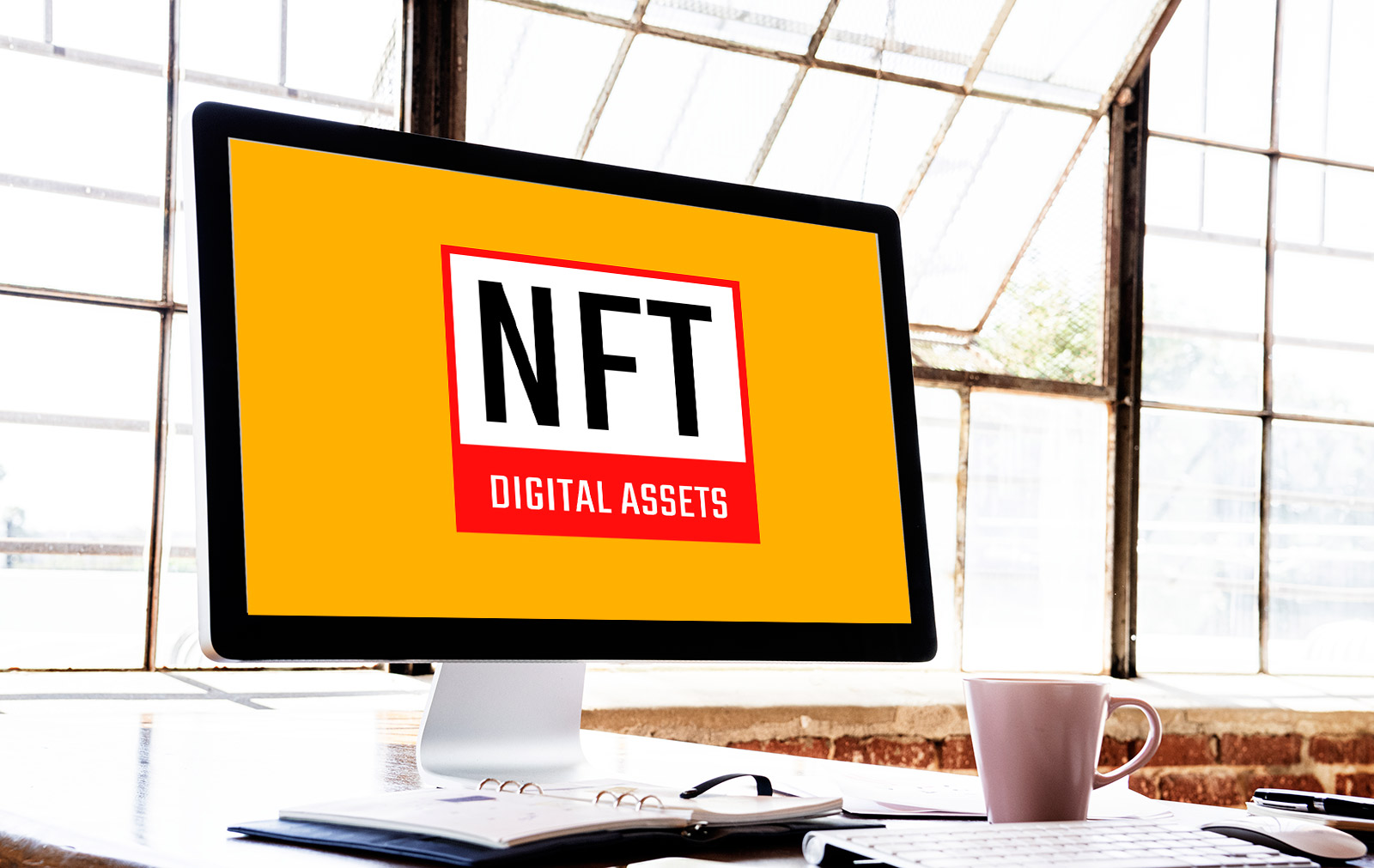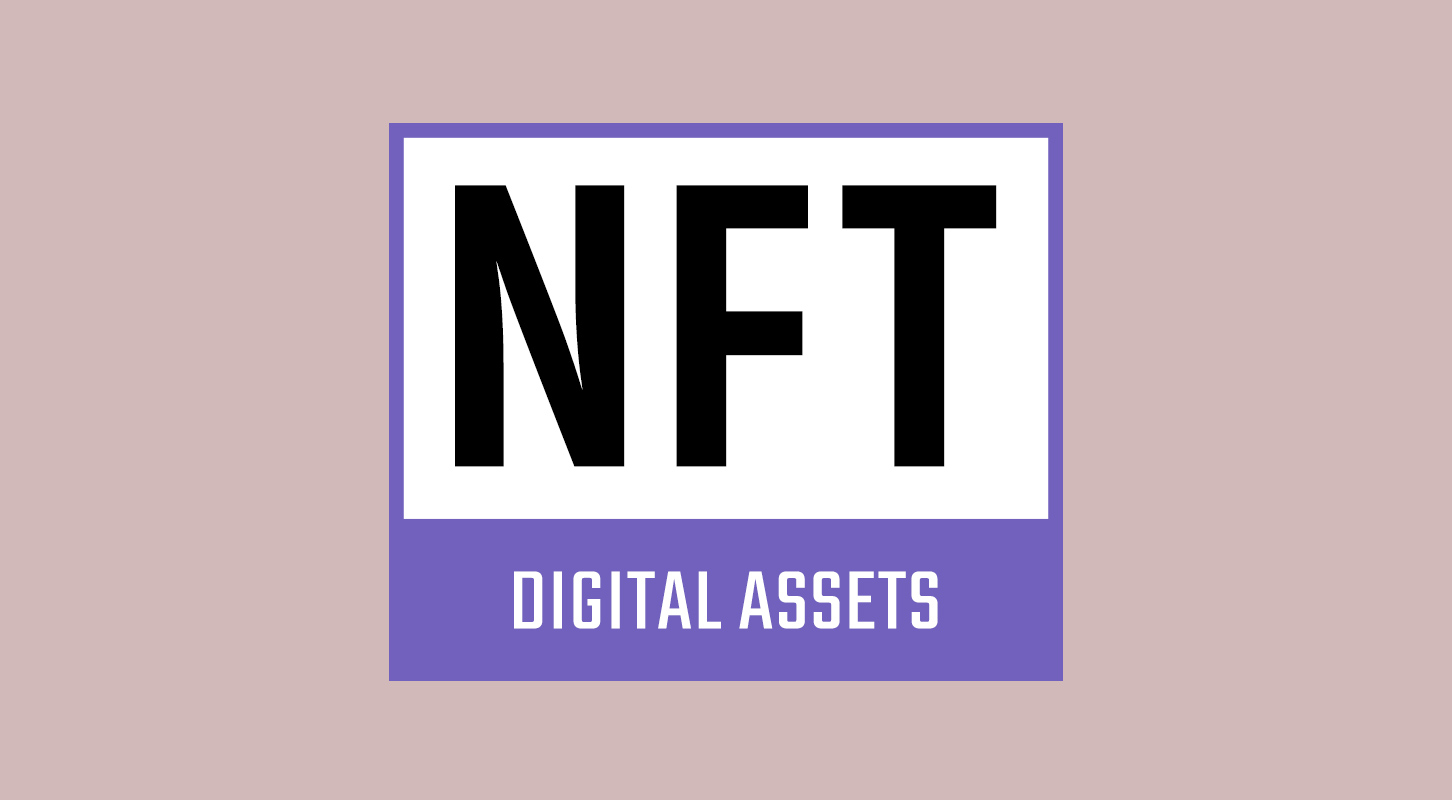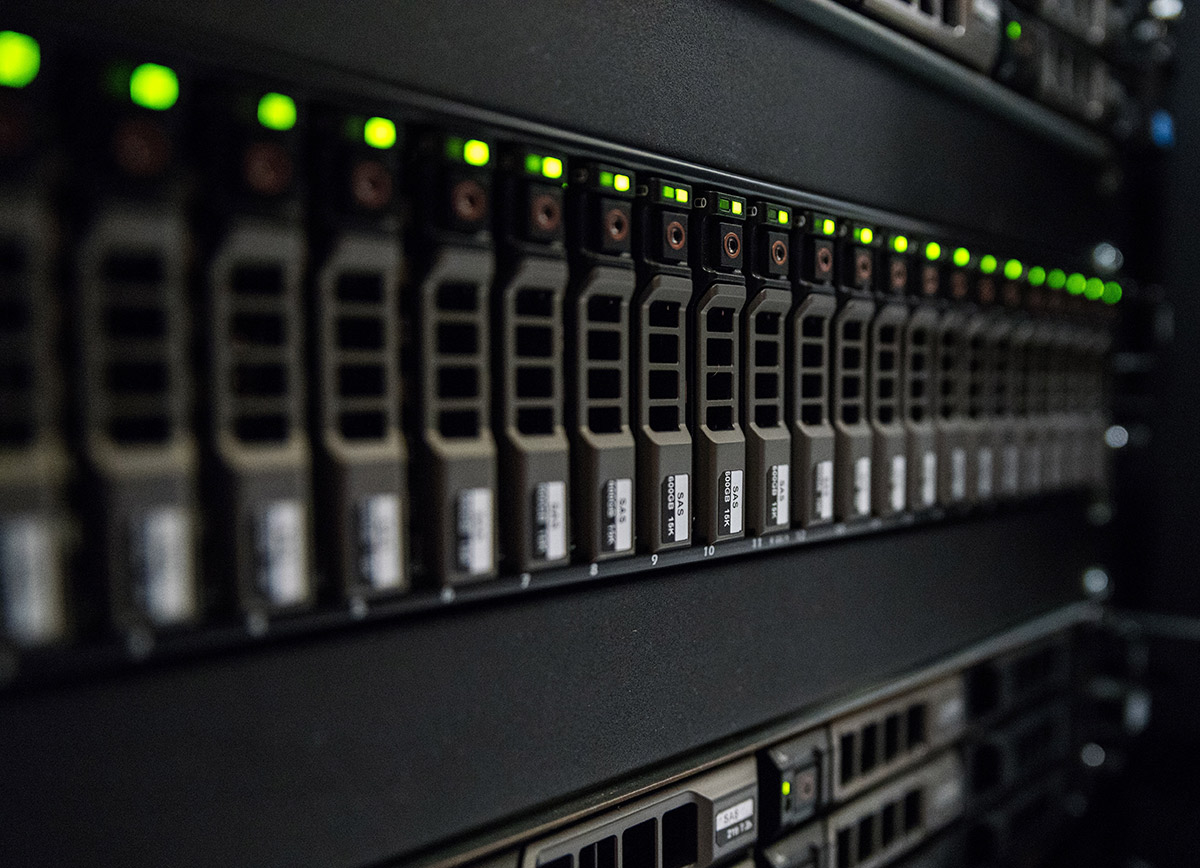- May 30, 2022
What does NFT mean and how to use NFTs?

What does NFT mean – this question is one of the trendings around the globe in recent 2 years. This answer is floating in various forums, communities and networks where all kind of descriptions and definitions are spreading many of which contradict each other․ “NFT” is the word of the year for 2021 picked by the Collins Dictionary. While it continues to make headlines, many wonder what all the buzz is about and why suddenly we can encounter the term so often. Probably, you have heard that NFT is an abbreviation standing for non-fungible token.
Non-fungible token

——————
NFT – a word or abbreviation that has entered our lives everywhere. In the technological and non-technological world, NFT has become such a common word as, for example, online, web or internet.
We’ve collected and combined a few essential points about NFT, tokens and crypto technologies which will give our readers an overview of NFTs, and perhaps we will be able to ask the most frequently asked question – what does NFT mean and how to use them?
At first sight, it may seem understanding NFTs requires technical knowledge, it must be complex and difficult. However, if you understand the meanings of fungible and token, things start to clear up. Let’s learn what does NFT mean and how people use them?
What’s fungible?
If we look at this phrase literally, we see the following: fungible is an adjective for goods contracted for without an individual specimen being specified) replaceable by another identical item; mutually interchangeable.
We have our simplified explanation for the fungible meaning․ “Fungible” means replaceable, interchangeable. It is something that you can easily replace. For example, the dollar is fungible as all the dollars have the same value for everyone. If you give one dollar to another person and they give you another one in return, it won’t make a difference. Or, when you go to buy a bottle of water, you will just take one of them. So a bottle is also fungible.
What’s non-fungible?
As for non-fungible items, you can’t replace them because they are unique. For example, diamonds, or real estate properties are non-fungible. They are special, and they have different values. Irreplaceable – it is possible that this word may later give way to non-fungible expression in other areas as well.
And what is a token?
In simple words, a token represents a digital unit or digital asset of value that runs on blockchain technology. Blockchain is a decentralized database that stores records in the form of blocks connected one to another. There are several things you need to know about this technology:
- No single authority but a network of computer systems records data and creates new blocks.
- Blockchain allows peer-to-peer transfers which means two persons can interact directly with each other without the need for a third party.
- When data is written on the cloud, specifically in blockchain, it can’t be removed.
Blockchain ensures the security of transactions by converting information into code. It prevents unauthorized access to information and makes it difficult to hack the system. The technical process that blockchain uses to encode data is called encryption.
Thousands of digital currencies, also called cryptocurrencies have been created that operate on different blockchains. Heard of Bitcoin? It is the most popular of them.

——————
Crypto tokens are virtual currencies that are developed on existing blockchains. Digital assets, as basically everything, can be fungible or non-fungible. All Bitcoins have the same value at a certain time. So, Bitcoin is fungible.
Non-fungible tokens (NFTs) are unique crypto tokens on a blockchain that have unique identifying codes. They can represent music, selfies, art, in-game items, gifs, animations, memes, domain names, and much more.
Create NFT digital assets
As already mentioned, NFTs can be digital assets. NFT can be images, stock photos, 3D graphics, music, illustrations, and videos. Digital non-fungible assets become NFTs when they are “registered” in one of the blockchain networks and for this you have to own a personal crypto wallet.
If you have created an artwork (video, graphics, audio, illustration) that you want to tokenize and sell, you will need to follow these steps:
1. Pick an NFT marketplace
To reach more people, it would be better to create an NFT and display it on large platforms. The largest NFT marketplace is OpenSea. Among other popular platforms are SuperRare, Nifty Gateway, and others.
2. Set up your crypto wallet
As NFT platforms are based on blockchain, you will need a crypto wallet to interact with them. Most marketplaces are based on the Ethereum blockchain, and it would be better to have a crypto wallet that supports Ethereum, for example, MetaMask, Trust Wallet, Math Wallet, Enjin Wallet, and others.
3. Fill your wallet
You will need to purchase some cryptocurrency, in most cases Ethereum’s Ether, to pay a fee that an NFT platform requires for minting an asset. Note that fee costs differ based on Ether’s price and the network activity.
4. Connect your wallet to a marketplace
You will see a wallet icon on the platform. Click on it, agree to the terms and conditions, and verify your profile.
5. Follow the step-by-step guide of the NFT platform you chose
The platform will guide you on how to create NFT online, upload your work, where to fill the title, description, etc.
6. List your NFT for sale and earn money with NFT
You can decide between selling options by choosing a fixed price, timed auction, or unlimited auction. It’s important to take into account that each platform has its policy and pricing. There can be a listing fee, an NFT minting fee, sale commission, and transaction fee to transfer funds from the buyer’s wallet to yours. Our advice is to estimate all the factors before deciding on the minimal selling price so that the sale would offset fees.
Sources of the content: Forbes, 3D modeling blog
Just a short reminder: you can publish your own story on 3D modeling, NFTs, metaverse, augmented, and virtual reality on the 3DStories media platform. For more information click here.
